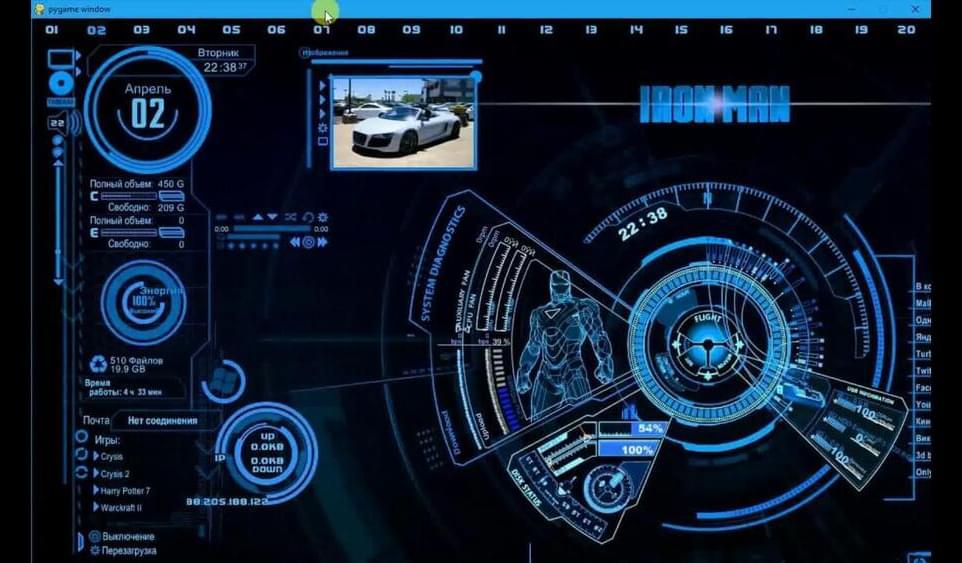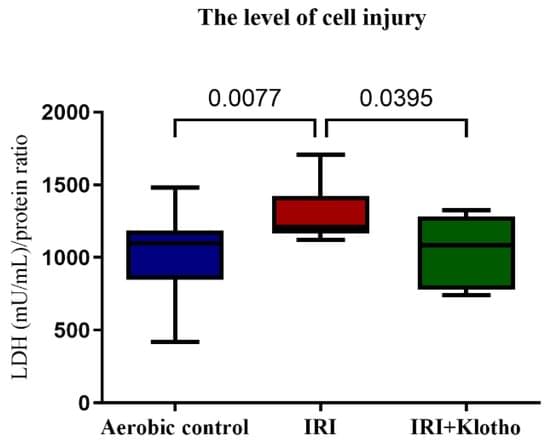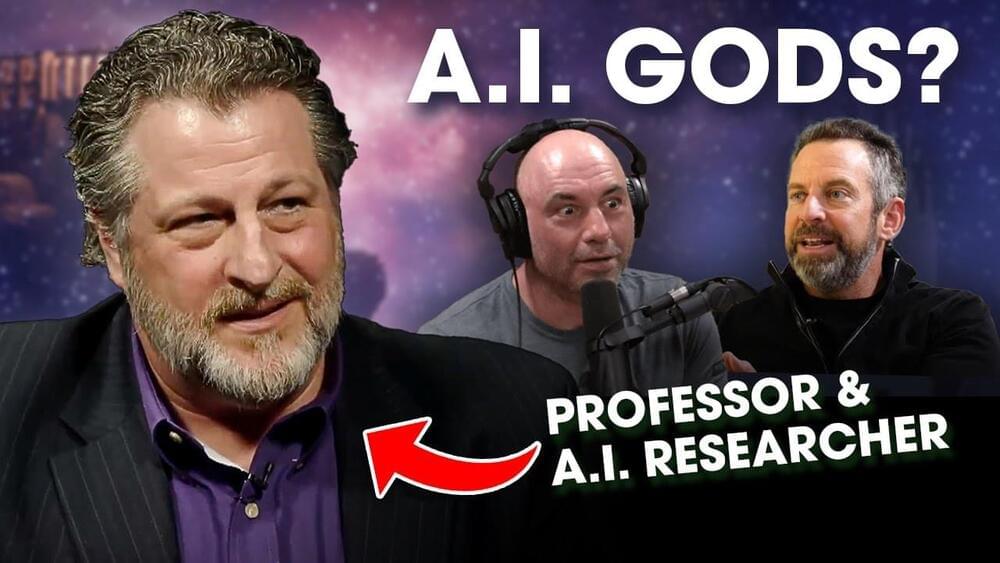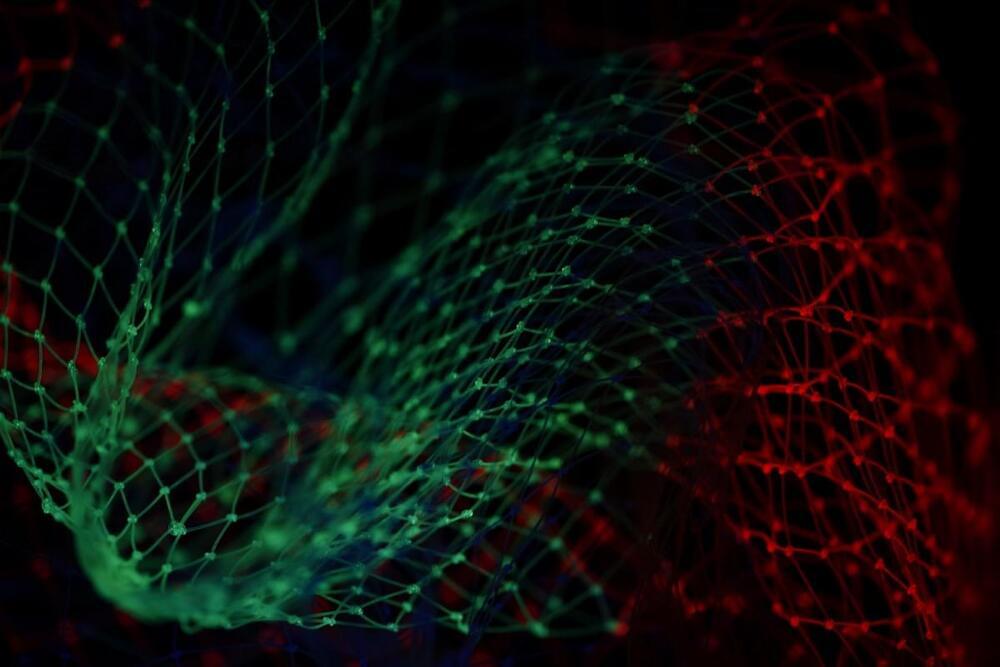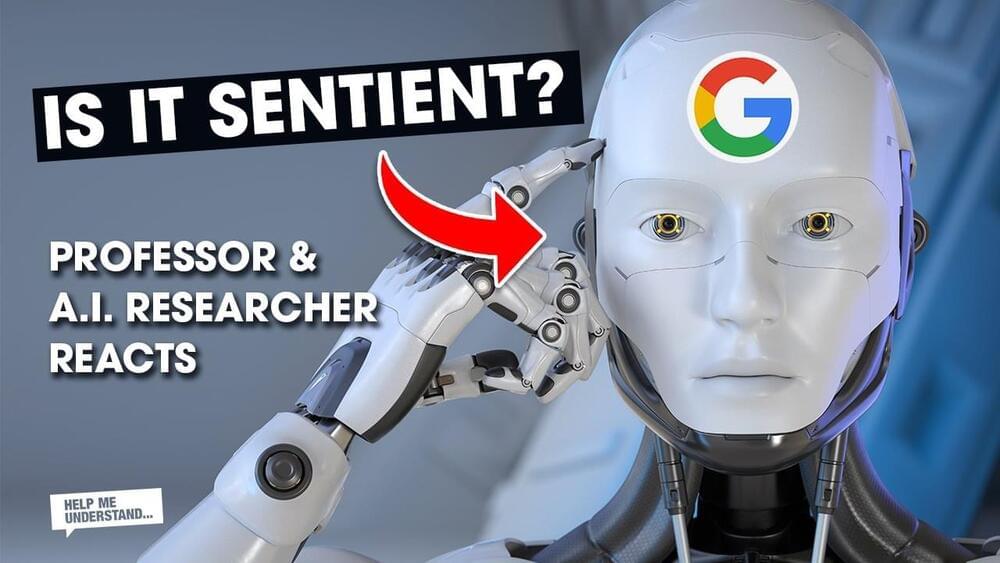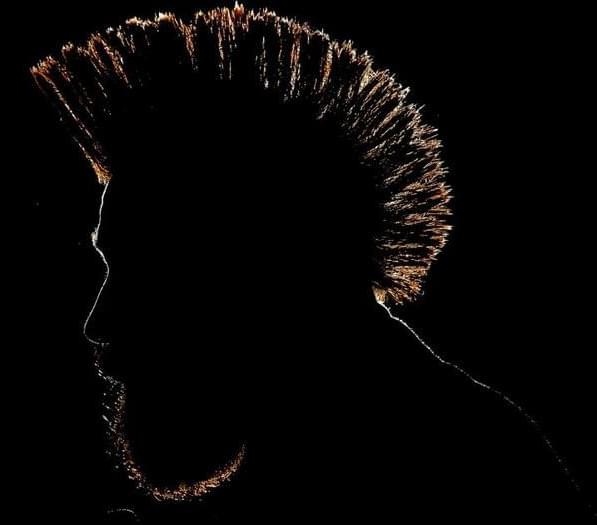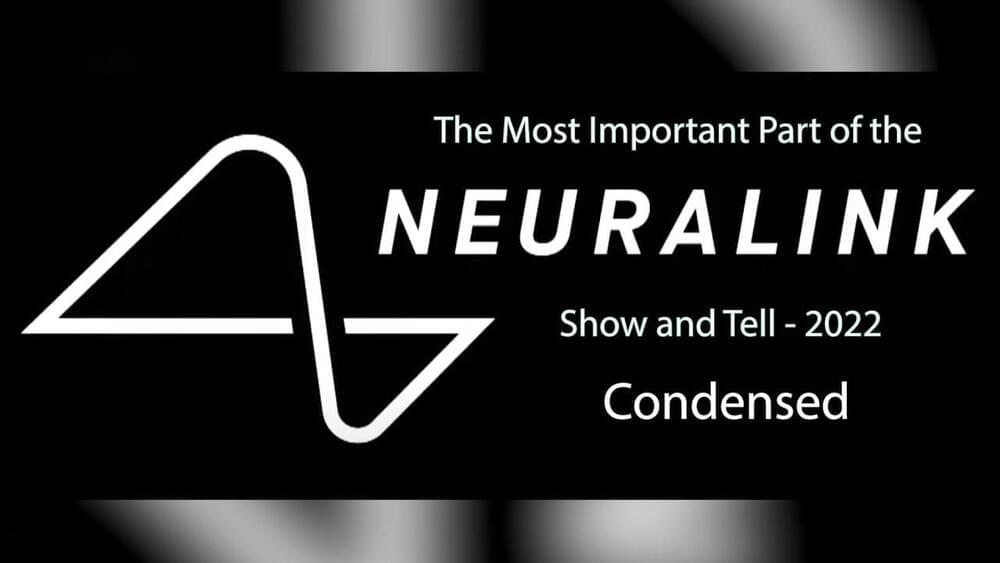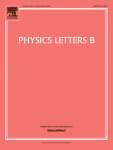Have you ever wanted to build your own personal assistant, like the ones seen in movies like “Iron Man”? Well, it is now possible to create your own version of a JARVIS (Just A Rather Very Intelligent System) using Python and Arduino, along with artificial intelligence (AI) and machine learning (ML) techniques. This tutorial will guide you through the process of building your own JARVIS, step by step.
and significant disruptions, but the upsides can be so amazing that it’s well worth overcoming the great challenges to get there.
Olejnik, A.; Krzywonos-Zawadzka, A.; Banaszkiewicz, M.; Bil-Lula, I. Int. J. Mol. Sci. 2022, 23, 15450. https://doi.org/10.3390/ijms232415450
AMA Style
Olejnik A, Krzywonos-Zawadzka A, Banaszkiewicz M, Bil-Lula I. International Journal of Molecular Sciences. 2022; 23(24):15450. https://doi.org/10.3390/ijms232415450
Has Google Created Sentient AI? ➡ https://youtu.be/BSAxfCKFcMI
Many are worried about the rise of artificial intelligence (A.I.). Could A.I. become sentient (able to perceive or feel things)? Are we building machines that can become smarter than us? Are we playing god? What does that mean for how we look at these machines? Will A.I. overtake humans sooner than we think? Dr. Jeffrey reacts to these claims from Joe Rogan and Sam Harris in this video from Help Me Understand.
Dr. Thomas R. Jeffrey is both the host for Help Me Understand as well as a professor at Campbellsville University. His research centers around the uses and implementation of artificial intelligence.
Dr. Jeffrey reacts to JER Films’ video: https://youtu.be/auVSH1yiSYE
In this video, Dr. Jeffrey, our residential AI expert, gives insight to the aspect of A.I and machine learning. From a technical point of view. He also suggests that we might need to look at creating ethical guidelines to how we interact with A.I.
Make sure to like and subscribe to Help Me Understand Clips!
Google has recently released its new AI model, PaLM, which is reported to be three times larger and more powerful than ChatGPT. Developed in April, PaLM is powered by Google’s TPU hardware, marking it as a…
Many are worried about the rise of artificial intelligence (A.I.). Could A.I. become sentient (able to perceive or feel things)? What does that mean for how we look at these machines? An ex-google engineer has claimed that Google has actually created a sentient AI. Dr. Jeffrey reacts to these claims in the video from Help Me Understand.
Dr. Thomas R. Jeffrey is both the host for Help Me Understand as well as a professor at Campbellsville University. His research centers around the uses and implementation of artificial intelligence.
Dr. Jeffrey reacts to Bloomberg Tech’s video: https://youtu.be/kgCUn4fQTsc.
In this video, Dr. Jeffrey, our residential AI expert, gives insight to the aspect of A.I and machine learning. From a technical point of view. He also suggests that we might need to look at creating ethical guidelines to how we interact with A.I.
Make sure to like and subscribe to Help Me Understand Clips!
#artificialintelligence #technology #machinelearning
The genetic mutation that drives evolution is random. But here’s a list of some beneficial mutations that are known to exist in human beings.
I wanted to focus on the animal testing portion of the Show and Tell. Neuralink representatives showed us videos of a pig that has a cortex and spinal chip in its body. It also has pin points on joints in its leg that are sending data to the Neuralink scientist. When the scientist stimulates a joint it creates an uncontrolled movement. The pig moves its leg without wanting too, but because someone else wanted it too, the pig did not want to move. That’s the focus of this video.
#neuralink #neuroscience #videoessay #yuvalnoahharari #elonmusk #podcast #neurology
As the hardest tissue in the human body, enamel is not an easy material for engineers to mimic, but doing so could mean big things in materials science and regenerative medicine. Researchers are now reporting a breakthrough in this area, by tweaking the composition of a naturally occurring mineral to emulate the microstructure of natural enamel in a new type of dental coating, and do so in a way that offers even greater strength.
Carried out by scientists in Russia and Egypt, the newly developed dental coating uses hydroxyapatite as a starting point. This compound is the primary component in bone tissue and mineralized tissues in humans and animals.
The researchers doped the hydroxyapatite with a complex of amino acids that naturally aid in the repair of bone and muscle structures, such as lysine and arginine, resulting in a mineralized layer with properties resembling the main component of natural enamel. The material was then applied to healthy teeth, so the team could observe its ability to bind to real dental tissue.
Year 1990 😗
The radiation from small amplitude waves on straight strings is calculated. The result is applied to a string with colliding kinks, and the power spectrum and total power obtained. The rate of rounding of the kinks due to gravitational damping is found, which enables one to show that the backreaction causes the average separation between kinks on infinite strings to scale with the horizon in an expanding universe.
